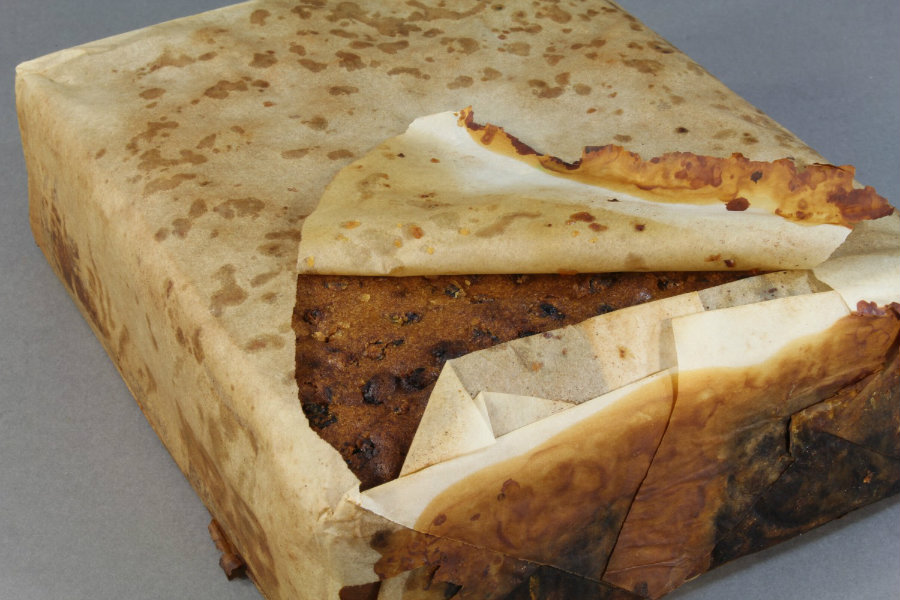A century old fruitcake was found in Antarctica, and according to scientists, it is “almost” edible. Conservators with the New Zealand-based Antarctic Heritage Trust found the 100-year-old fruitcake in Antarctica’s oldest building, a hut located in Cape Adare.
Scientists believe the dessert was likely taken to Antarctica by British explorer Robert Falcon Scott and noted the cake is in “excellent condition.”

The cake was made by Huntley & Palmers and is still wrapped in paper. It was found encased in the remains of a tin-plated iron alloy tin, according to the Antarctic Heritage Trust.
100-year-old fruitcake smelt and looked edible
The conservators said that while the iron tin was in bad condition, the fruitcake itself looked and smelt “almost” edible. They believe British explorer Robert Falcon Scott likely brought the cake to Antarctica during the 1910-1913 Terra Nova expedition.
The expedition’s Northern Party stayed in the Cape Adare hut, which was built by Norwegian Carsten Borchgrevink’s expedition team in 1899, and probably left the fruitcake behind.
“Fruitcake was a popular item in English society at the time, and it remains popular today,” Lizzie Meek, conservation manager for artifacts at the trust, told National Geographic. “Living and working in Antarctica tends to lead to a craving for high-fat, high-sugar food, and fruitcake fits the bill nicely, not to mention going very well with a cup of tea.”
Meek said that with just two weeks to go on the conservation of the Cape Adare artifacts, finding such a perfectly preserved fruitcake in among the last handful of unidentified tins “was quite a surprise.”
A team of conservators has been excavating artifacts in the hut since May 2016. The conservators take the artifacts to the Canterbury Museum lab and recover them. In fact, in July this year, the team finished a large project in which they conserved over 1500 pieces.
Antarctic Heritage Trust will restore artifacts and return them to their original locations
Scott and his four-person team arrived at the South Pole in 1912, but all five died during the return journey to their expedition base, the Terra Nova hut on Cape Evans. The Heritage Trust restored the 50-foot-long Terra Nova hut, the largest Antarctic building of its time.
Once the conservators restore the huts’ artifacts, they return them to their original locations within the huts. The fruitcake will also be returned there.
“Fruitcake is not something that people usually get excited about, but this discovery shows what a spectacular environment for historic preservation the Antarctic is,” Stephanie Barczewski, a Clemson University historian, told National Geographic.
Clemson noted that it also highlights the importance of protecting Antarctica’s fragile environment because we don’t know what other “amazing things” they might found from the Heroic Age of exploration.
The trust will soon begin the conservation work on the buildings at Cape Adare.
Source: National Geographic
